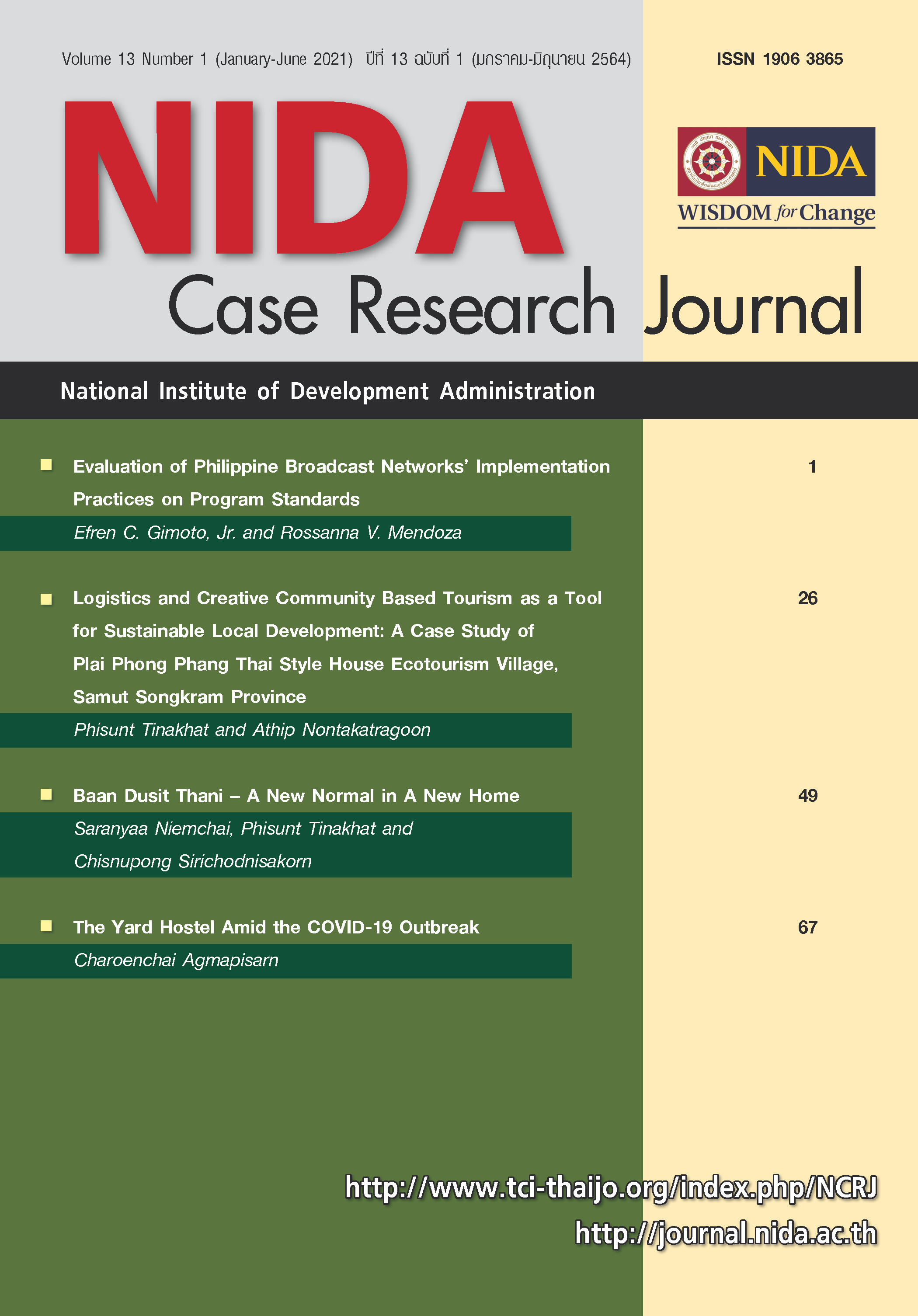Evaluation of Philippine Broadcast Networks’ Implementation Practices on Program Standards
Keywords:
Implementation Practices, Program Standards, Policy-making, Broadcast Strategies, RadioAbstract
The primary objective of this study was to find out whether the implementation practices on program standards of radio networks in the Philippines are aligned with the existing broadcast code of the Philippines created by the Kapisanan ng mga Brodkaster ng Pilipinas (KBP) or Association of Broadcasters of the Philippines, a self-regulating body that has the sole power to monitor and police its member stations. The researchers selected the respondents based on the following criteria: (1) active member of KBP; (2) the regions in Luzon, Visayas and Mindanao with the most number of AM radio stations according to the National Telecommunications Commission (NTC); and (3) the top two leading radio networks per identified region according to Kantar Media, the commissioned survey firm of KBP.
Content analysis was used to evaluate the program standards and policy-making procedures of radio networks. The effective broadcast strategies stipulated in the conceptual framework were used as indicators to guide the researchers for coding.
Majority of the program standards of subject radio stations in Luzon, Visayas and Mindanao are partially aligned with the existing broadcast code of the Philippines created by KBP. However, the policy-making procedures of almost all subject radio stations are not aligned with the aforementioned code.
References
Constantino, Anne. (2008). Media Control and Ownership in the Philippines. Retrieved
March 15, 2018, from http://groundreport.com/media-ownership-and- controlin-
the philippines-takes-a-new-form/
Coronel, Sheila S. (2008). Media Ownership and Control in the Philippines. Retrieved
March 15, 2018 from http://www.wacc.org.uk/index.php/wacc/publications/
media_development/...4/media_ownership_and control in the Philippines
Daquilanea-Tanoy, Amy. (2009). The Future of Public Broadcasting in the Philippines.
Retrieved March 15 2018, from http://www.jamco.or.jp/2009_symposium/
en/005/index.htmlR
Dearing, James and Rogers, Everett. (1996). Agenda-Setting. Los Angeles: SAGE
Publications, Inc.
Estrada, Sonia and Fraser, Colin. (2002). Community Radio for Change and Development.
Retrieved March 15, 2018, from http://www.tranquileye.com/free/files/
Community_Radio_for_Change_and_Development.pdf
FAO. (2001). Community Radio Handbook. Retrieved March 15, 2018, from www.fao.
org/sd/ruralM. Young, The Technical Writer’s Handbook. Mill Valley, CA:
University Science, 1989.
Gimoto, Efren Jr. C. (2018). Effective Broadcast Strategies for Bombo Radyo-Iloilo to
Meet the Existing Broadcast Code of the Philippines. Journal of Public and
Private Management, National Institute of Development Administration,
Bangkok, 25(2), pp. 103-119.
Grigg, Daniel Walter. (1991). Mass Media Policies and Systems of the Marcos and
Aquino Administrations: A Comparative Analysis. Regent University, Virginia:
UMI Publishing.
Guazo, Novie. (2013). Radio is still Iloilo’s Most Influential Medium. Retrieved March
, 2018 from http://www.iloilometropolitantimes.com/radio-is-still-iloilosmost-
influential-medium
Krppendorff, Klaus. (2004). Content Analysis: An Introduction to Its Methodology
nd ed. Lons Angeles: SAGE Publications, Inc.
McChesney, Robert W. (2008). The Political Economy of Media. Retrieved March 15,
from https://books.google.co.th/books?id
Philippine Statistics Authority. (2020). Functional Literacy Rates of Filipinos by Exposure
to Different Forms of Mass Media. Retrieved September 01, 2021 from https://
psa.gov.ph/press-releases/id/163686
Shoemaker, P. (1999). Media Studies: Policy, Management and Media Representation.
In P. Fourie (Ed.), Media Studies (2nd ed., pp. 238-239). Cape Town, South Africa:
Juta & Co.
Downloads
Published
How to Cite
Issue
Section
License
Copyright (c) 2023 NIDA Case Research Journal

This work is licensed under a Creative Commons Attribution-NonCommercial-NoDerivatives 4.0 International License.





